Paper
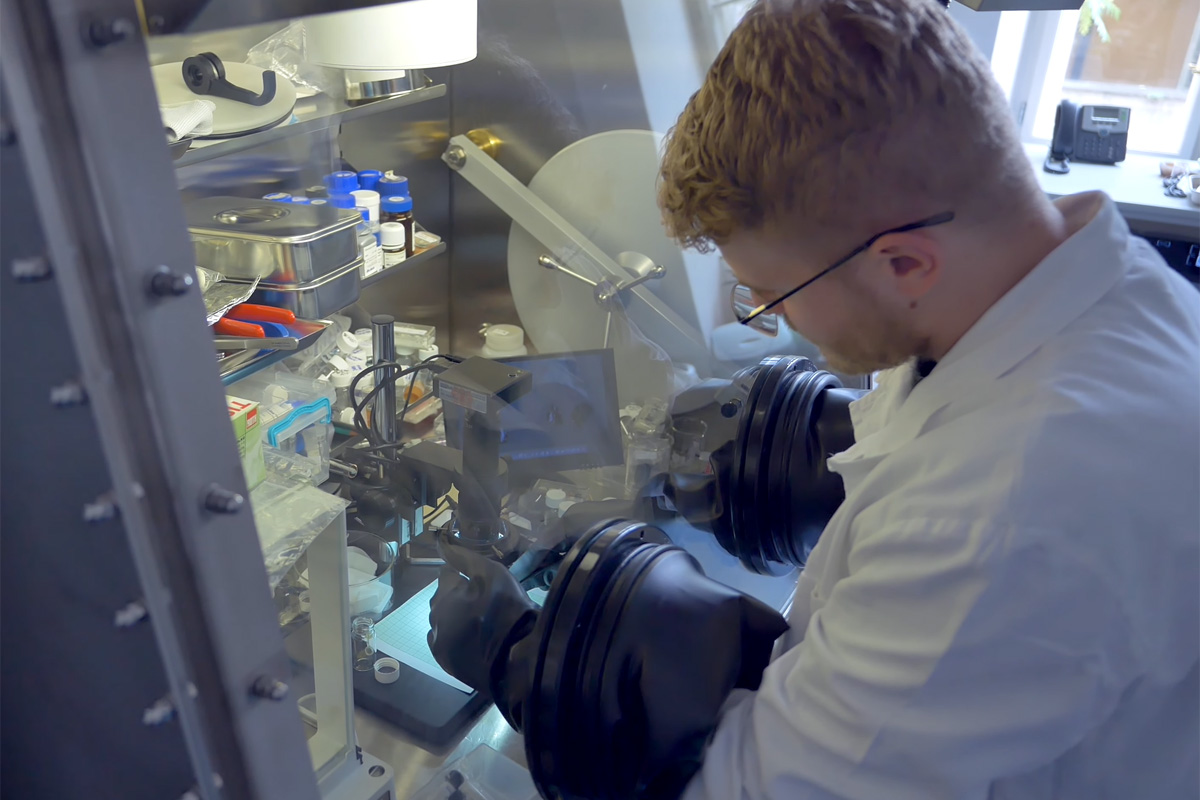
Our group used a unique capability of the X-ray magnetic circular dichroism technique to determine the magnetic orbital moment component of Vanadium ions in the layered van der Waals system VI3. We have revealed an exceptionally sizable orbital moment of V3+ ion resolving the long debate on this issue.
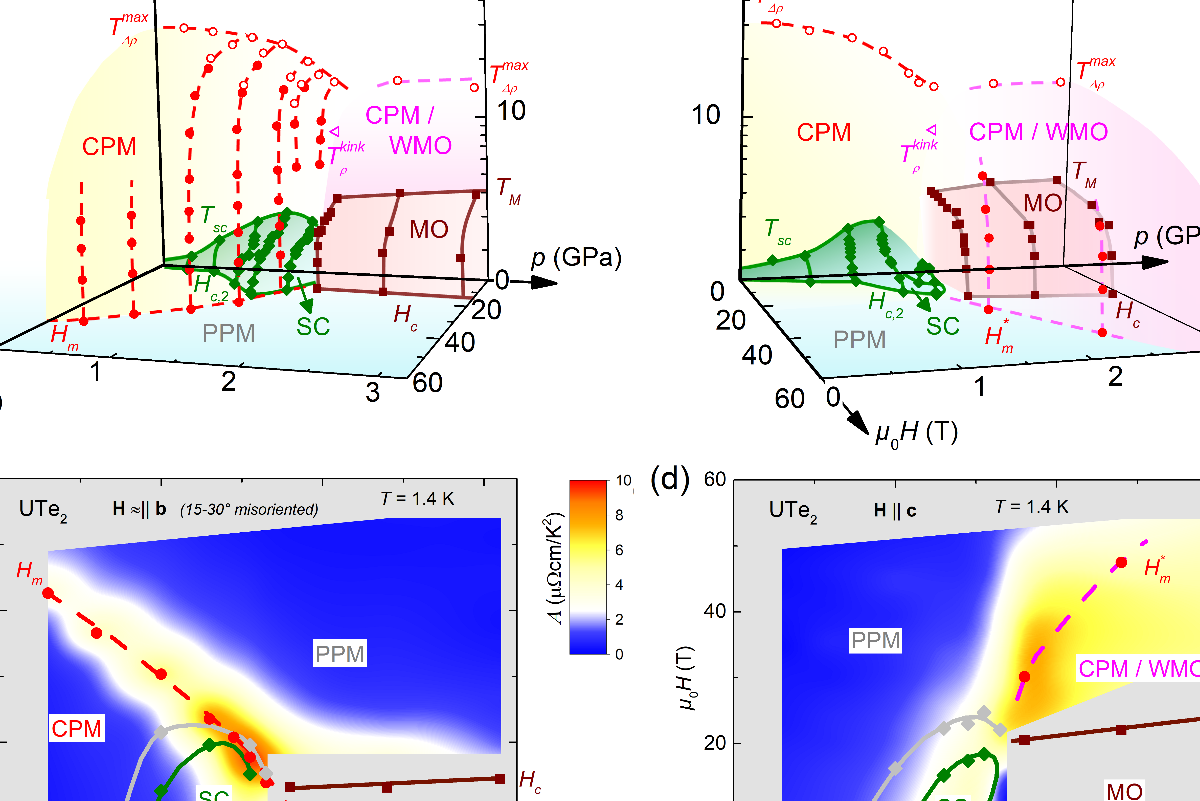
The recent discovery of superconductivity in the heavy-fermion paramagnet UTe2 has attracted a lot of attention, particularly due to the reinforcement of superconductivity near quantum phase transitions induced by magnetic field and/or pressure. The magnetic properties of UTe2 are, thus, associated to its unusual superconducting properties.
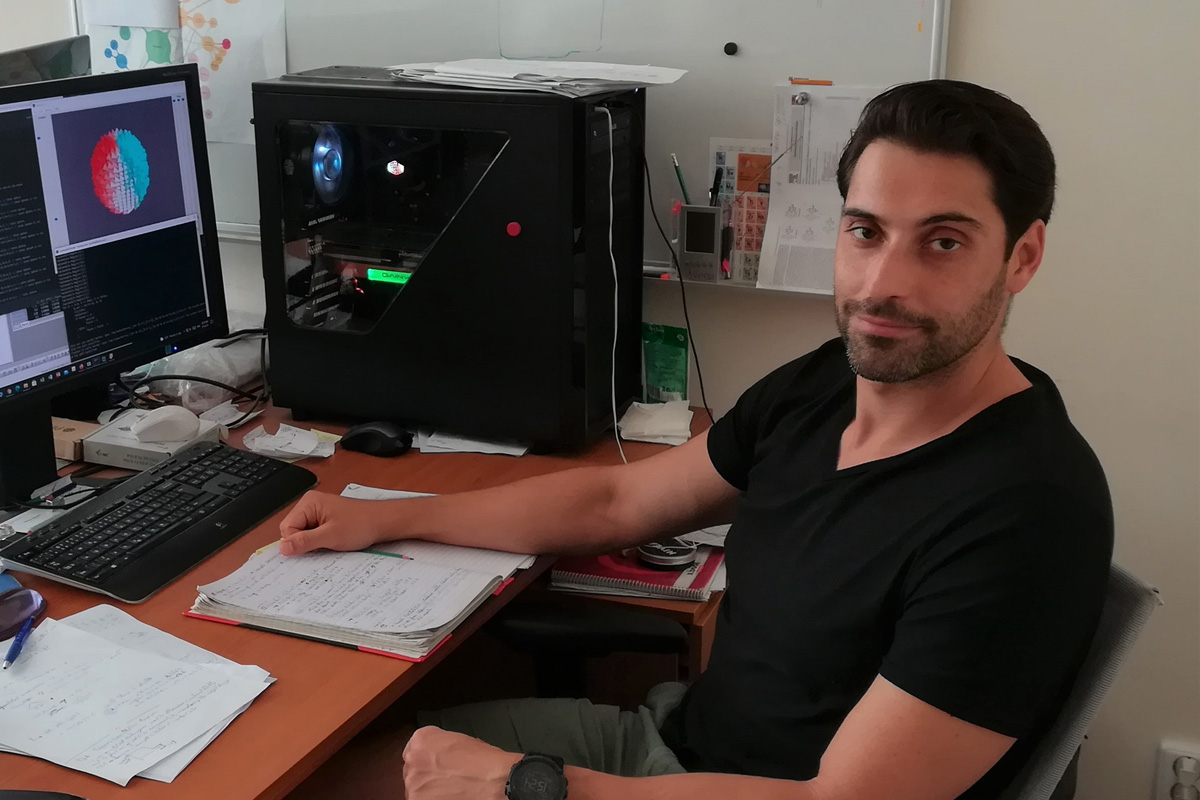
Until recently, it was believed that the heating properties of magnetic nanoparticles (MNPs) in high-frequency magnetic fields depend simply on the particle size and their basic magnetic properties, such as blocking temperature, average magnetic moment and magnetic anisotropy. MGML scientists found that heating with magnetic nanoparticles is much more complex.
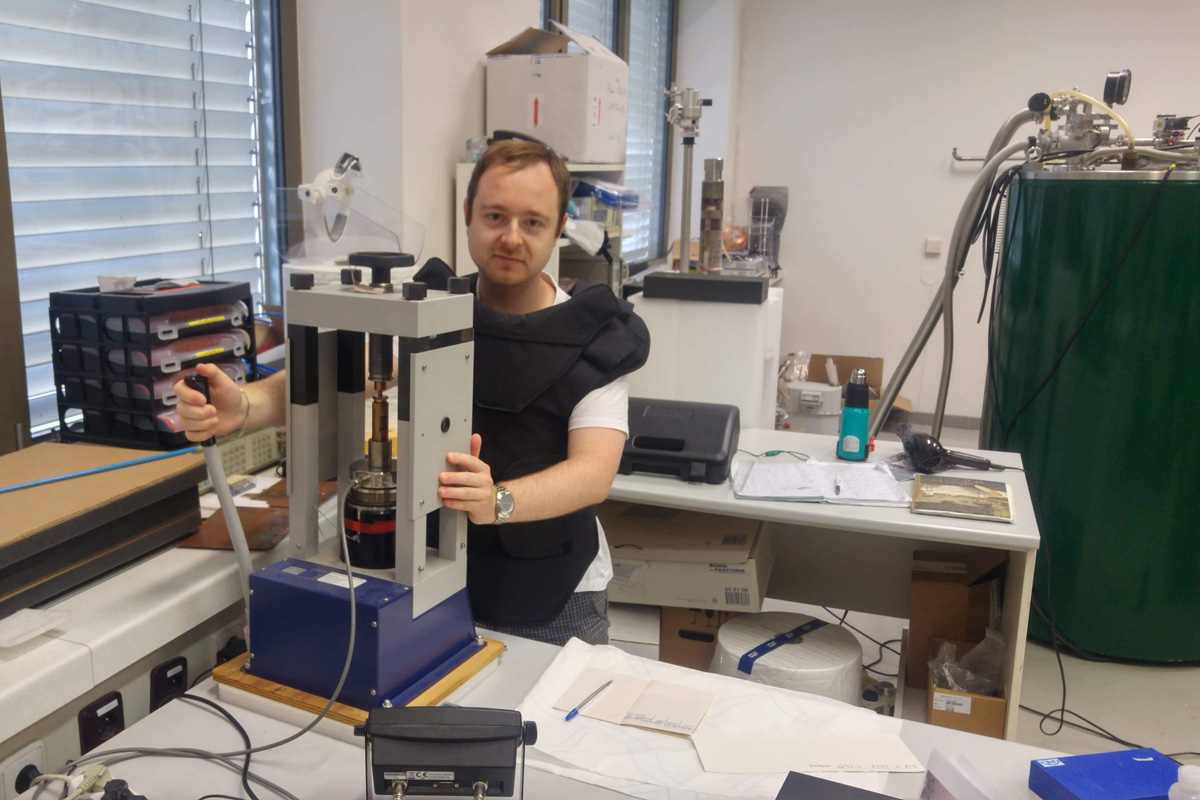
The ferromagnetic compound VI3 has been already investigated in the MGML laboratories as a member of a family of quasi-two-dimensional (2D) van der Waals materials showing promising application potential for the design of spintronic devices. As a next research step of this unique system, we have focused on the evolution of its magnetism in external pressure up to 7.3 GPa…
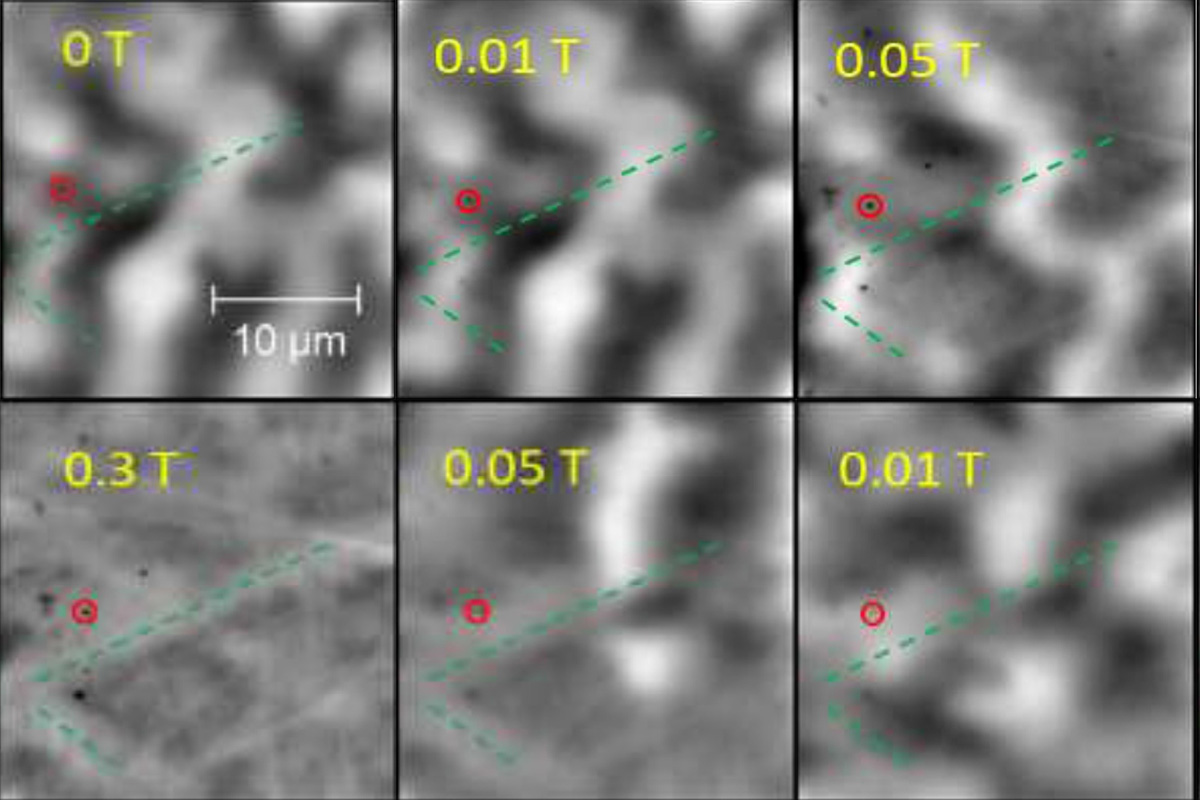
Low temperature magnetic force microscopy can be used to study magnetic domains in both thin films and (well polished) bulk materials. MGML scientists have performed such studies of an uniaxial ferromagnet UCoGa prepared in single crystalline form, showing extremely narrow magnetic domain walls.
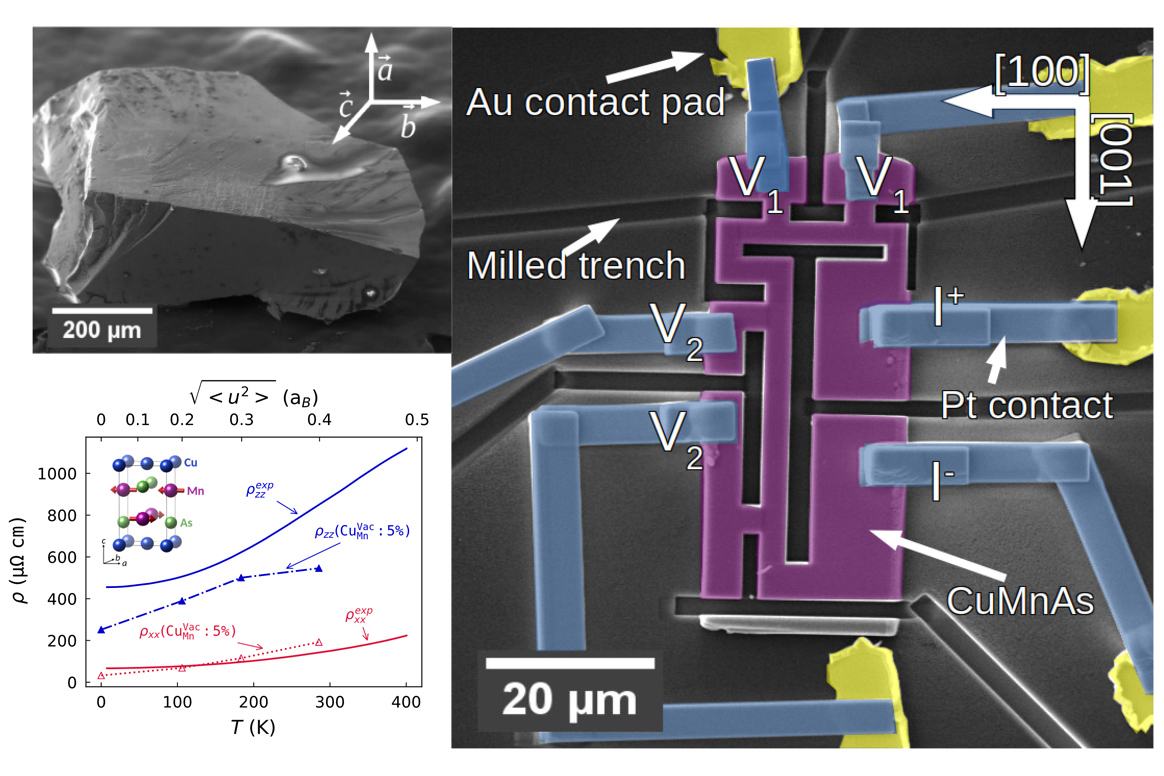
The basic condition for conduction relevant research is the availability of suitable samples. Despite the many crystal growth techniques available in MGML, several growth difficulties can always remain unsolved leading to very small or multiphase samples. We have implemented a microstructuring technique of multiphase or irregular samples to create devices for charge transport measurements. This allows us fabrication of samples with well-defined crystal orientation and dimensions so the resistivity can be determined with high precision despite sample size.
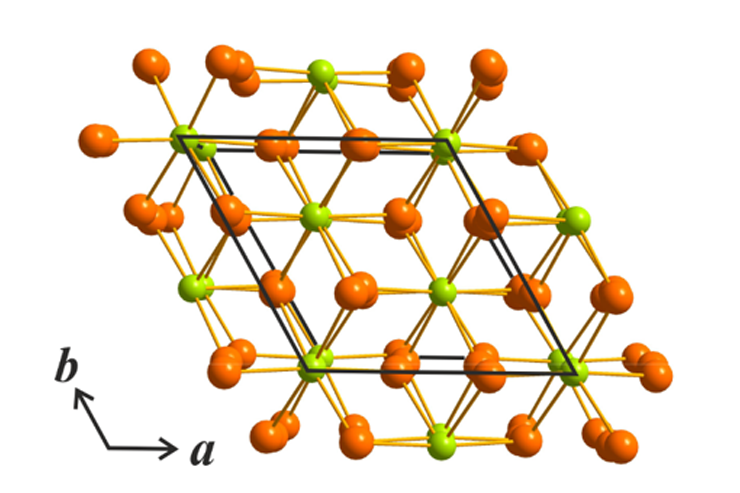
Reducing the dimensionality of condensed matter often leads to exceptional electronic, optical, and magnetic properties that enable new high-tech applications. Two-dimensional layered materials characterized by some interlayer bonds realized through very weak van der Waals (vdW) forces show an increasingly attractive appeal to scientists working in the fields of basic physics, material science and engineering. Slabs of atomic layers can be easily exfoliated by breaking the vdW bonds with little damage to both the extracted slab and the remaining structure. Novel physics and engineering of new ultrathin devices may be explored by exploiting the material properties of the slabs in isolation or by mixing and matching them to create new structures with atomically thin heterojunctions.

On Thursday 12th December we were visited by students of Omská High-School. They tried to bake a sample in an arc furnace, learned how to examine crystals by X-ray diffraction, which is also useful for hydrogen, tested the strength of magnets and looked into the pressure cell. And how to explain or obscure it with theory.
